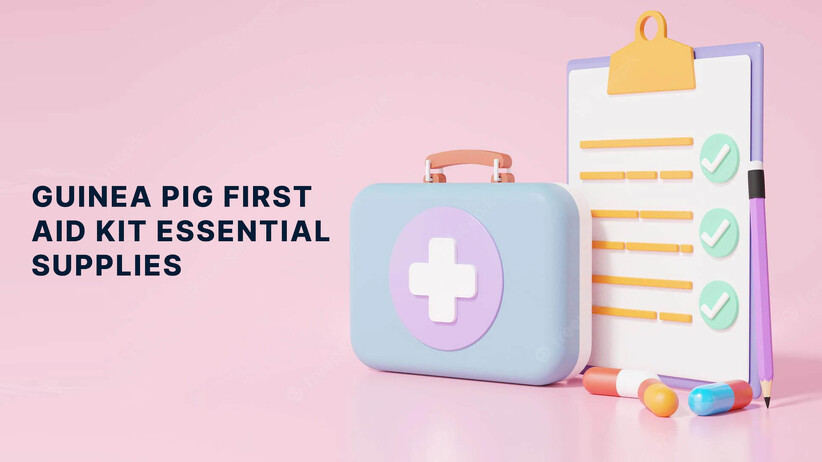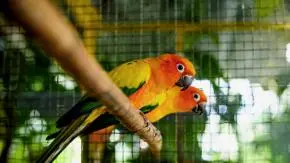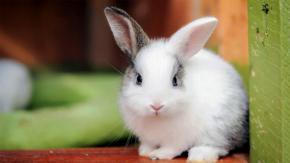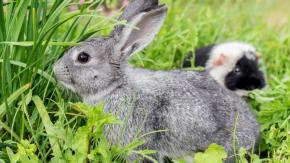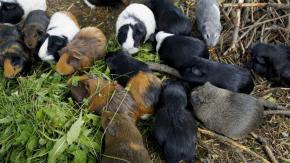It’s always a treat to see cute little guinea pigs playing with their favourite toy or running around in their hutch.
But there’s another side to this story — these furry creatures are constantly engaging in some activity or the other, and you can’t rule out accidents altogether. They can even hurt one another in any squabble or become unwell.
Having a first-aid kit ready is of primary importance, as it can buy you some time to get the guinea pig to the vet during an emergency. But how can you make this kit, and what will you need for it? Don’t worry, as we’ll break it down for you in this extensive guide, so let’s get started!
Guinea Pig First Aid Kit Essential Supplies How to Make One
First off, let’s take a quick look at the different supplies you’ll need for the kit:
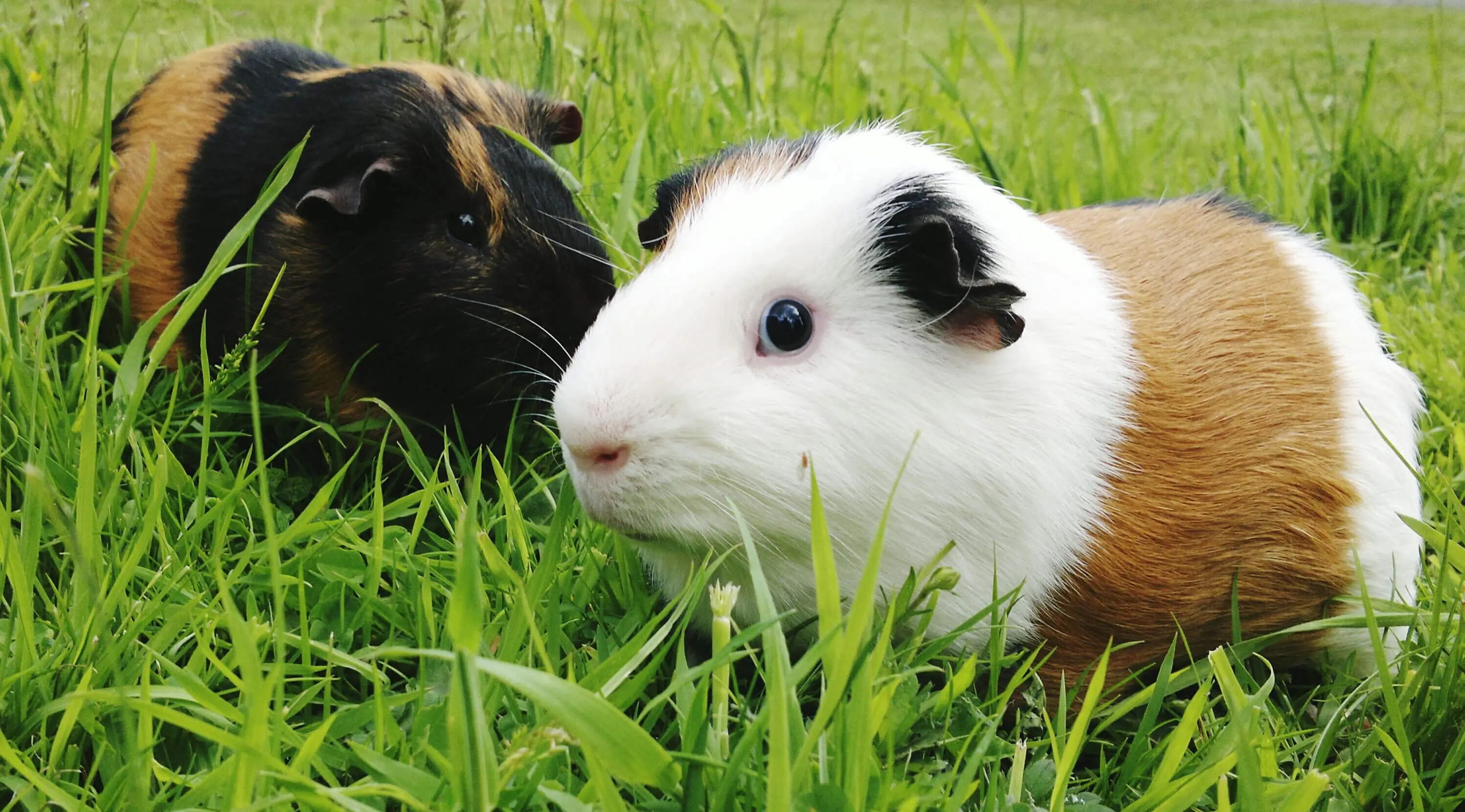
What Should Be There in A Guinea Pig First Aid Kit?
A. Vet Contact Details
We feel it’s most important to have the contact information of some vets. That way, you can quickly get in touch with a vet in an emergency. And having a few contacts listed will ensure you can immediately reach out to another vet if the first one isn’t available.
Keep this card at the front of the guinea pig first aid kit, where you can find it easily.
B. Emergency Supplies
Second, it’s a must to have some essential medical tools in place, such as:
- Bandages
- Cotton balls
- Tapes for first aid
- Tweezers
- Scissors
- Syringes
- Antiseptic liquid
Store all these supplies together so that they are easy to find during an emergency. Organising them properly will save you considerable money and time.
C. Disinfectants And Supplements
Another highly essential item for the basic medical kit is a set of disinfectants and supplements. Notably, guinea pigs might sometimes get aggressive towards one another, biting or scratching each other. Injuries from foreign objects might also cause them to act aggressively.
You’ll need something handy to clean the injury so that it doesn’t worsen in the long run. The best option, in this case, is a sterile solution, as it can effectively disinfect and clean the wound. It has a low alcohol percentage and is safe for use on your guinea pig.
Other items that may also prove helpful to keep guinea pigs healthy are sprays and skin creams to prevent fungal infection or itching. And never forget to discuss the most suitable option with a vet before treating the injury.
Apart from that, it will be a good idea to hoard the following items:
- Towel to wrap the guinea pig
- Animal wipes
- Disposable gloves
- Ear drops to clean the ears and prevent mites
- Cotton buds
- Coconut oil to clean the grease glands of the guinea pig
- Flashlight to spot the minor injuries
- An emergency syringe feeding system when they aren’t eating
- Epsom salts to treat bumblefoot
- Styptic powder to apply to their nails and stop bleeding
- Magnifying glass
- Calpol
- Eye ointment
Bumblefoot refers to an infection on a guinea pig’s footpad and often results from improper habitat conditions. This condition mainly arises when guinea pigs are forced to walk on tiles, carpeting, and wires.
Organising The First Aid Kit
After you’ve gathered all the items needed for the kit, you’ll have to organise it effectively. Here are some nifty tips on arranging the kit for situations when time is a constraint:
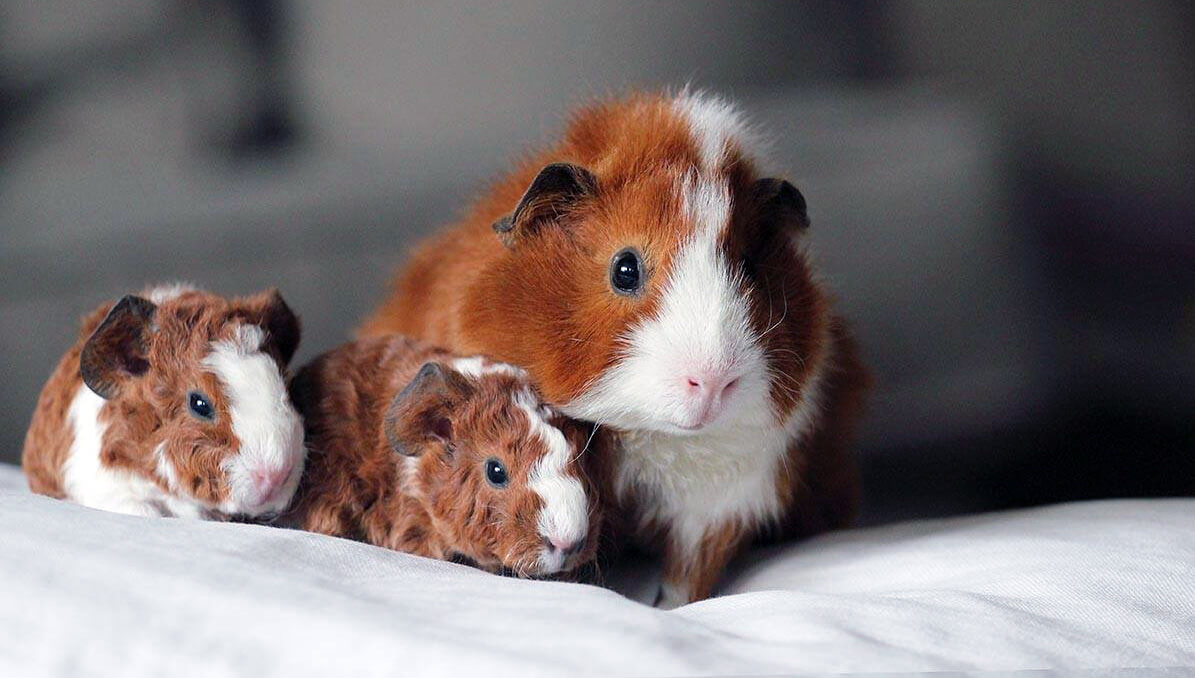
1. Others Should Know Where The Kit Is Kept
During an emergency, it makes all the difference if you can act quickly — it can save your guinea pig’s life.
So, while you store the kit, others in your home must know precisely where it’s kept. If your guinea pigs stay in an indoor area, we’d suggest placing the kit away from heavy-traffic regions and close to their cage.
But if the guinea pig cage is an outdoor hutch, it’s best to place the kit in a cupboard near their enclosure.
2. Getting The Ideal Container
Ready-made first aid kits containing basic items are generally sold in pouches that are simple to carry. That said, we’d recommend getting hold of a larger container, such as a tackle box or toolbox, in which you can keep all the items comfortably.
3. Speak To The Vet
It’s essential to ensure that your guinea pig gets quality medical care in your home. You should always consult your vet to get a suitable recommendation for their medicines.
Additionally, you shouldn’t forget to watch out for the use-by dates of the medicines. Since topical creams, ointments, and antibiotics come with a specific expiry date, they might turn less effective with time.
Travel Essentials
Whenever you’re going somewhere with a guinea pig, we suggest storing the first aid kit and its travel carrier. You can administer medicines whenever necessary until you reach the vet’s chamber.
Here’s a round-up of the items you should have while travelling.
- Travel carrier having hay and the guinea pig’s favourite blanket or toy
- Its medical records, along with a weight chart
- A small part of a fruit or some vegetables
- Water bottles
- Towels
- Sample of your guinea pig’s poop
How To Handle An Emergency?
Based on the kind of illness or injury the guinea pig is suffering from, there are a few crucial steps you can take before going to the vet:
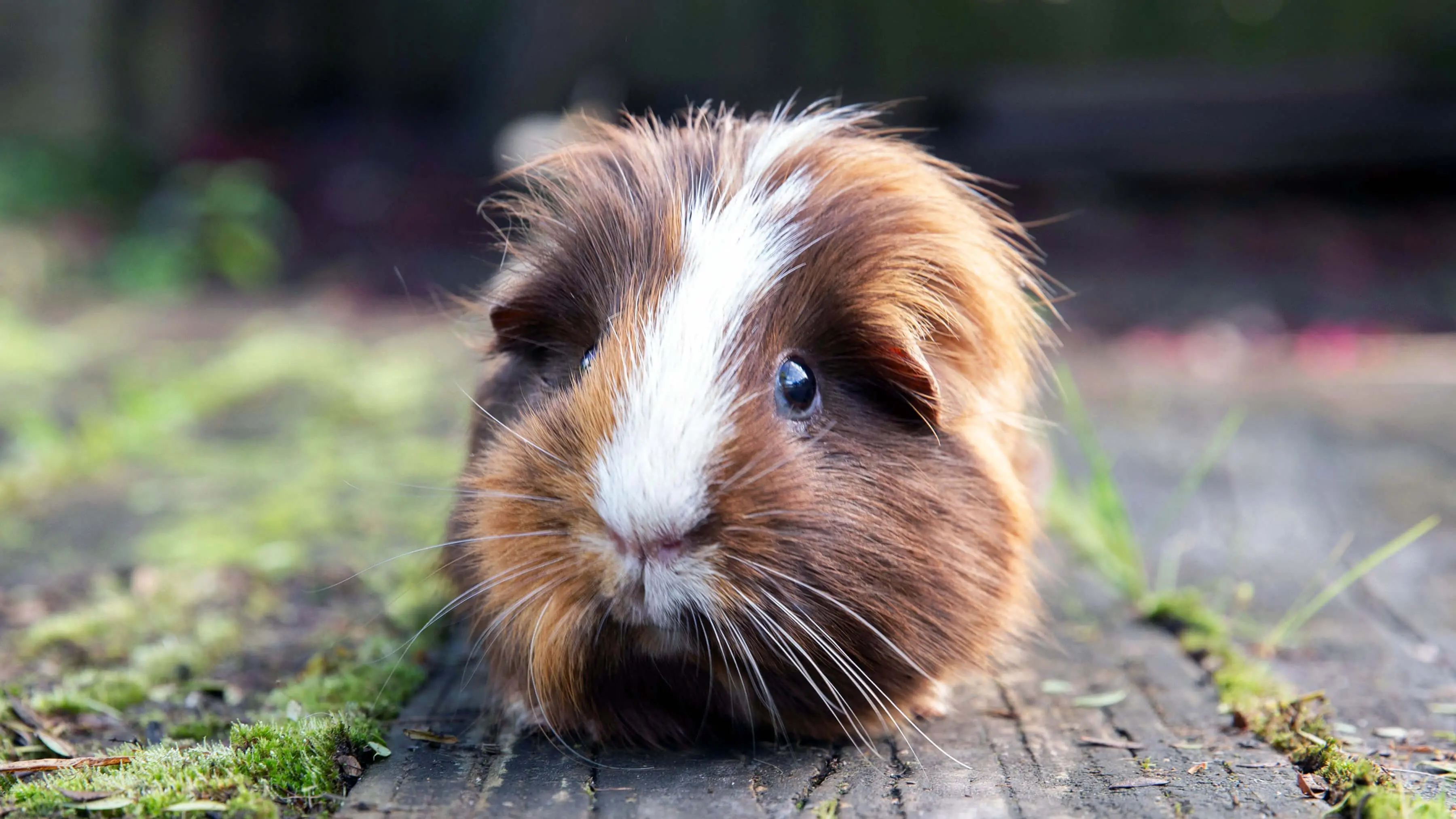
A. Keep The Guinea Pig Warm/Cool
You should keep the guinea pig cool during a hot day or warm if it’s chilly outdoors. Use an ice pod or towel to gently warm or cool it down because guinea pigs don’t respond well to a sudden temperature change.
B. Be Alert About Their Appetite
Try to figure out whether there’s any change in the appetite of your guinea pig. Their digestive system is quite sensitive and may shut down fast if they are unwell. If your pet isn’t eating, you can tempt it using a tasty treat or some fresh vegetables. But if that doesn’t work, you can try grass or hay.
C. Adequate Hydration
Last but not least, you should ensure that your guinea pig is drinking sufficiently to stay hydrated. And in case it isn’t, you can add some vitamin C to water to raise its fluid intake.
FAQs
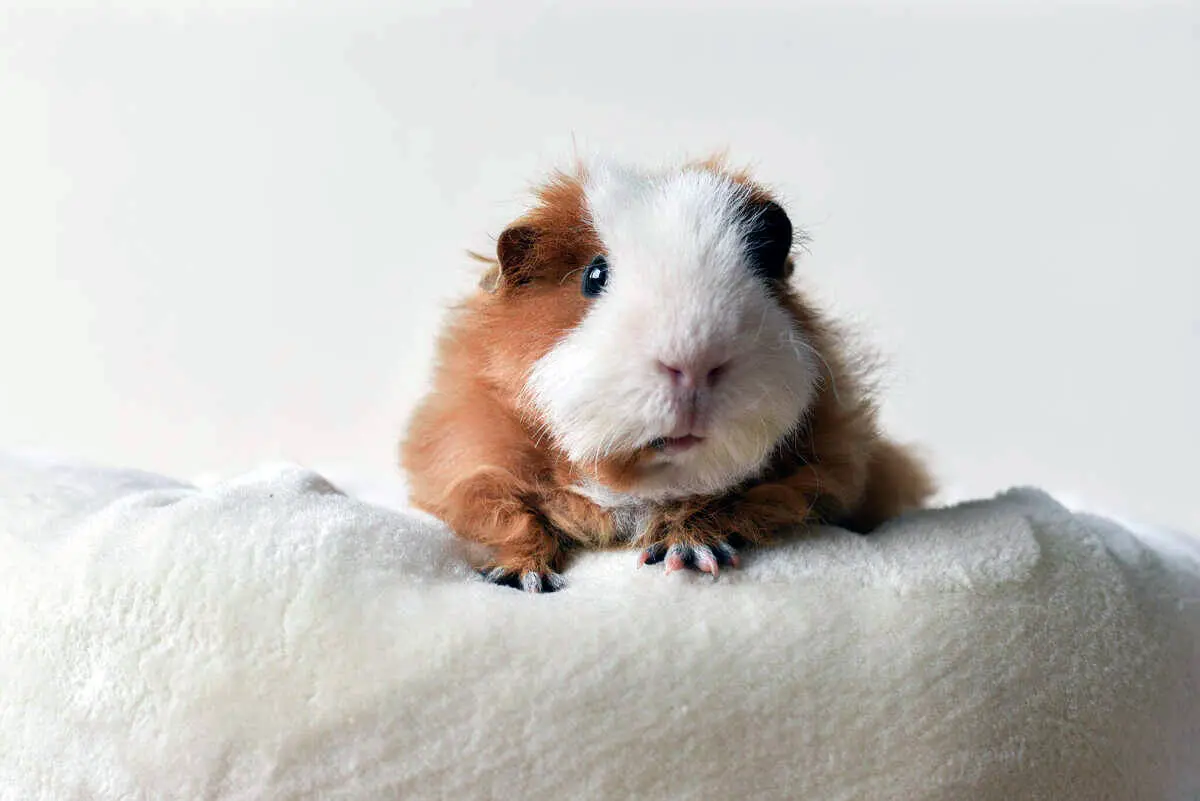
1. Can you administer aspirin to a guinea pig?
Yes, you may use Aspirin for your guinea pig. We recommend using it only under a vet’s prescription because sometimes vets might prescribe Metacam instead.
Use Aspirin under a strict dosage only, providing only 50 to 100 mg of Acetylsalicylic acid per kg. One chewable mini aspirin tablet, which has a dose of 82mg, is also sufficient for a guinea pig.
2. Is betadine safe for treating infections in guinea pigs?
Yes, Betadine is safe for a guinea pig. The active ingredient in this disinfectant is iodine, which works wonderfully in treating fungal infections common in these furry little creatures.
An effective way to apply Betadine is by mixing it with water in the ratio of 40:1, enough to soak a guinea pig’s feet and clean the wounds. On a side note, avoid using Betadine near their mouth as that can prove harmful if ingested.
3. Can guinea pigs have paracetamol?
Guinea pigs can intake a light dose of paracetamol in any emergency. Generally, a dosage of one junior Calpol (0.2mg) is recommended twice daily. But make sure you avoid the regular one as it’s twice as potent as the former, or consult the vet to find the best alternative.
4. Is it safe to apply an antibiotic ointment on guinea pigs?
Triple antibiotic ointments are generally used for guinea pigs on their eyes and mouth sores, but avoid using them on any body part where they might be ingested. Also, don’t apply a thick layer as guinea pigs tend to lick the ointment.
5. How can you treat scabs on guinea pigs?
Scabs are commonly found around the face, ears, and head but might spread across the legs and back. Consult the vet so that they can prescribe an anti-fungal medicine to cure the infection.
Conclusion
Don’t delay making a first aid kit for your dear little furry friend to ensure it’s safe and gets proper care all along.
Even if you can’t gather all the items we’ve talked about, your guinea pig first aid kit should contain the staple supplies, such as cotton balls, scissors, and tapes. You can always include the rest later on, as and when you get them.
At Planet Pet, our online pet store has a variety of equipment and supplies that can help you build the perfect guinea pig first aid kit. Please feel free to contact us if you need assistance.
That’s about it, but keep a watch on this space as we’ll be back with more guides soon. Till then, take care!

